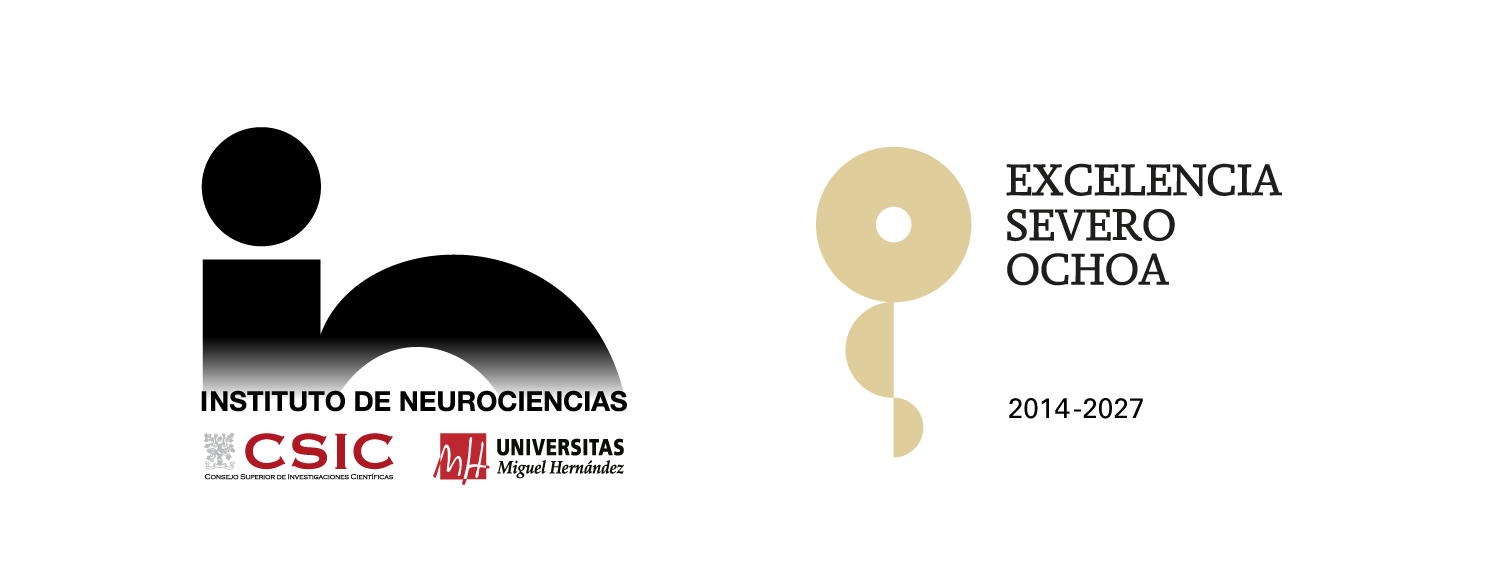Research professor Santiago Canals collaborates on a congressional report on minors and social media
19 de November de 2025
A large part of adolescent socialization occurs in digital environments, where social media influences how minors communicate, build their identity, and learn, but also poses risks to their mental health and rights. To address this reality, the Congress of Deputies' Office of Science and Technology has presented the report Menores y redes sociales (Minors and Social Media), a document featuring the collaboration of experts such as Santiago Canals, a research professor at the Institute for Neurosciences, a joint center of the Spanish National Research Council (CSIC) and the Miguel Hernández University (UMH) of Elche; and Daniel Lloret, a professor of Social Psychology at UMH.

Photo: Santiago Canals, Daniel Lloret
The report highlights that adolescence is a particularly vulnerable period to the effects of social media, due to the social, hormonal, neurocognitive, and emotional changes characteristic of this stage. Younger adolescents (10–15 years) show greater vulnerability, and negative effects are more frequent in girls, partly due to a more image-centric use and different forms of digital violence. It also reminds us that platforms are designed to generate economic profit, which is why they seek to maximize attention and usage time. As such, their design favors "problematic use" patterns that affect between 3% and 8% of minors in Spain.
Digital risks are grouped into content, contacts, conduct, and consumption, in addition to other cross-cutting issues that affect health, privacy, or security. Usage time, especially over two hours daily, may be related to negative effects, but experts warn that how social media is used and in what context are determining factors. The report emphasizes that social media also distorts sleep, self-image, and the way adolescents' social and sexual identities develop.
At the same time, the scientific community agrees that social media also offers opportunities for social, intellectual, and civic development. They facilitate self-expression, learning, participation, and identity exploration, though they can simultaneously satisfy and frustrate the same needs, such as reinforcing autonomy while also generating dependence.
The objective of this report is to design public interventions for the protection of the health, well-being, and rights of the younger population based on scientific evidence. It gathers data from nearly 400 studies and consults 21 experts on the subject.
In addition to compiling the most current scientific evidence, the experts propose a set of measures to reduce risks and maximize the benefits of the digital environment. One key would be to legislate for "safe design by default." That is, platforms should guarantee and transparently demonstrate that their products are safe and that access to harmful content or services is limited with effective age verification systems.
They also recommend an integrated protection approach for minors that simultaneously involves the fields of health, education, family, and social welfare. Finally, they consider international collaboration and algorithm transparency to be key for effective supervision and the protection of children in global digital environments.
Santiago Canals is a CSIC Research Professor at the Institute for Neurosciences (CSIC-UMH), where he directs the Plasticity of Brain Networks laboratory, a group dedicated to investigating how brain connections reorganize in response to learning experiences, environmental changes, or pathological processes. His academic career combines neurobiology, brain imaging techniques, and the study of neural circuits to understand memory and addiction.
In addition to his scientific contribution to the Congressional report on minors and social media, Canals has co-edited the book Juego de apuestas y publicidad. Salud, impacto social y prevención (Gambling and Advertising. Health, Social Impact, and Prevention) with Daniel Lloret, published by the CSIC in its Politeya collection. The work analyzes, from a multidisciplinary perspective covering neuroscience, psychology, public health, and law, how gambling advertising influences behavior, with a special focus on youth, adolescents, and gender differences.
Report Access: https://oficinac.es/es/informes-c/redes-sociales-y-menores
Source: UMH Communication Service (comunicacion@umh.es) / Institute for Neurosciences CSIC-UMH (in.comunicacion@umh.es)

 Español
Español